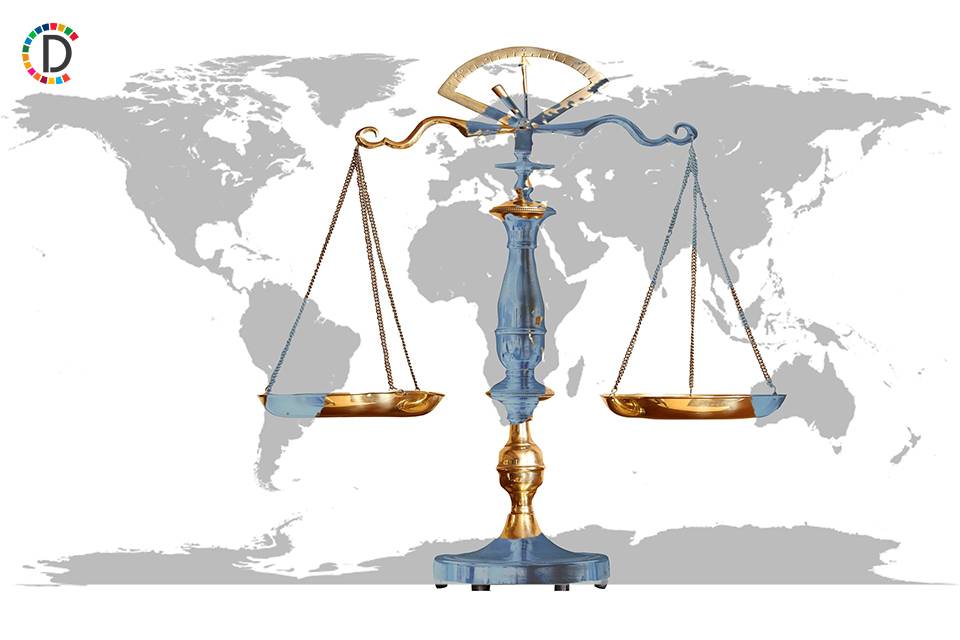UPDATE 2-Pakistan boosts defence budget by 20% but slashes overall spending in 2025-26
Inflation was projected at 7.5% and growth at 4.2%. The South Asian nation wants to kickstart growth while boosting its defences after the worst fighting with its neighbour in nearly three decades - which it has cast as a victory - and meeting the strictures of an International Monetary Fund finance programme.

Pakistan will raise defence spending by a steep 20% after a deadly conflict with its old enemy India last month, but will slash overall federal expenditure for fiscal 2025-26 by a hefty 7% to 17.57 trillion rupees ($62 billion).
The budget presented on Tuesday by Prime Minister Shehbaz Sharif's government allocated 2.55 trillion rupees ($9 billion) to defence in July-June 2025-26, up from 2.12 trillion. It projected a deficit of 3.9% of GDP against the 5.9% targeted for 2024-25. Inflation was projected at 7.5% and growth at 4.2%.
The South Asian nation wants to kickstart growth while boosting its defences after the worst fighting with its neighbour in nearly three decades - which it has cast as a victory - and meeting the strictures of an International Monetary Fund finance programme. "After defeating India in a conventional war, now we have to surpass it in the economic field," Sharif said in a statement.
Pakistan must also contend with the uncertainty of new import tariffs being imposed by the United States, its biggest export market. The clash with India was sparked in April by Islamists who killed 26 men in an attack on Hindu tourists in Indian Kashmir.
Islamabad denied New Delhi's allegation that the militants were backed by Pakistan. Four days of fighting featured jets, missiles, drones and artillery.
INDIA AND PAKISTAN BOTH BOOST MILITARY SPENDING Pakistan's allocation of 2.12 trillion rupees ($7.45 billion) for defence in 2024-25 included $2 billion for equipment and other assets, and excluded a further 563 billion rupees for military pensions.
India's defence spending in its 2025–26 (April-March) fiscal year was set at $78.7 billion, up 9.5%, including pensions and $21 billion earmarked for equipment. It has indicated that it too will boost defence spending further. Sharif's government has projected 4.2% economic growth in 2025-26, saying it has steadied the economy, which looked at risk of defaulting on its debts as recently as 2023. Growth this fiscal year is likely to be 2.7%, against the budgeted target of 3.6%.
Pakistan's growth lags far behind the region. In 2024, South Asian countries grew by an average of 5.8% and the Asian Development Bank expects 6.0% in 2025. Finance Minister Muhammad Aurangzeb said the government intended to complete the privatisation of Pakistan International Airlines, a request of the IMF.
Growth should be aided by a sharp drop in the cost of borrowing, the government says, after a succession of interest rate cuts. But economists warn that monetary policy alone may not be enough, with fiscal constraints and IMF-mandated reforms still weighing on investment. Aurangzeb said on Monday that he wanted to avoid the boom and bust cycles of the past.
"The macroeconomic stability that we have achieved - we want to absolutely stay the course," he said. "This time around, we are very, very clear that we do not want to squander the opportunity." ($1 = 282.0000 Pakistani rupees)
(This story has not been edited by Devdiscourse staff and is auto-generated from a syndicated feed.)










